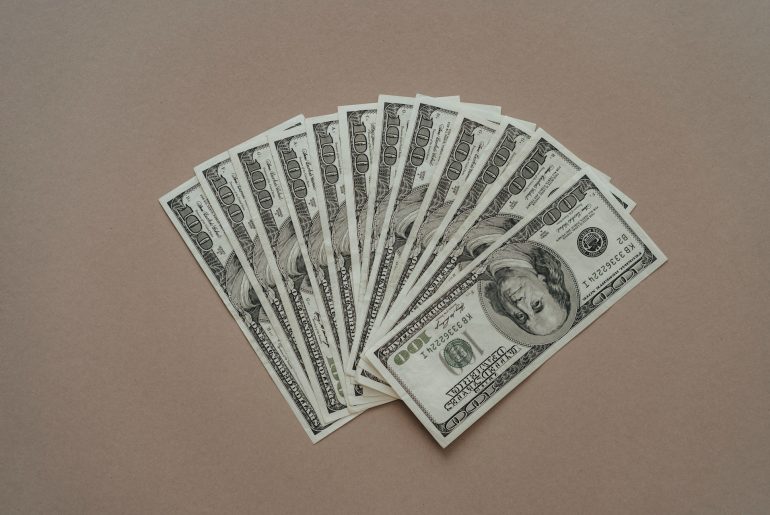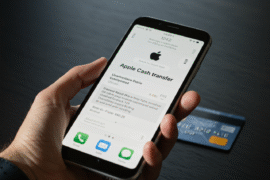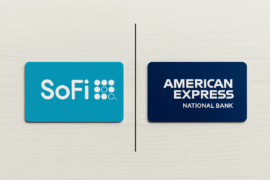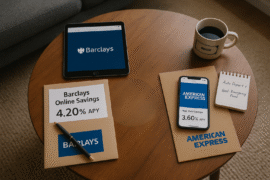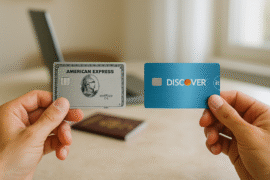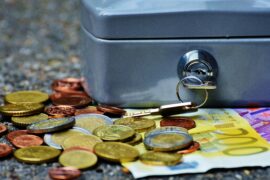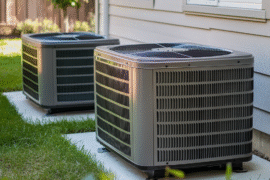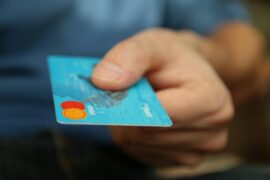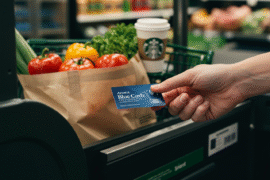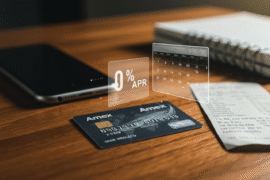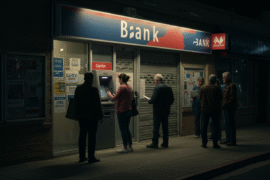This article may contain references to products or services from one or more of our advertisers or partners. We may receive compensation when you click on links to those products or services. Nonetheless, our opinions are our own.
The information presented in this article is accurate to the best of our knowledge at the time of publication. However, information is subject to change, and no guarantees are made about the continued accuracy or completeness of this content after its publication date.

Updated by Albert Fang
There’s more than one type of savings account out there. Each one will come with different features that you could take advantage of. Learn about these 3 savings accounts and their specialties to see whether you’ll want to add any of them to your financial portfolio in the near future.
1. A Basic Savings Account
You can find a basic savings account at any bank or credit union. It is a fairly easy savings tool to access in comparison to other options on this list, with minimal requirements to open and maintain your account.
The purpose of this account is to encourage the average user to save money. It has features like limited monthly withdrawals and transfers to discourage you from draining your funds unnecessarily. It will also come with an interest rate to help your balance grow over time. But the interest rate is small. Your annual percentage yield is not likely to go higher than 1%.
One of the biggest benefits of a basic savings account is security. It provides a safe, low-risk place to deposit and grow your funds. As long as you open your account at a bank that’s insured by the Federal Deposit Insurance Corporation (FDIC), the funds inside your account should remain safe, even in the worst-case scenario. If the bank fails, you won’t lose your savings. Your funds will be directly sent to you — or more likely, they will be transferred into an account that you’ve opened at another bank. This protection is capped at $250,000.
What if you open a basic savings account at a credit union? As long as you open your account at a federally insured credit union, your deposits will be protected. According to the National Credit Union Administration, all of your deposits will be covered by the National Credit Union Share Insurance Fund. If something goes awry at your credit union, your savings should be safe. Again, the protection is capped at $250,000.
What should you use a basic savings account for?
A basic savings account is great for reaching small savings goals, like filling up a rainy-day fund. A rainy-day fund is a collection of savings reserved for small, urgent expenses, like repairing your smartphone.
Without a rainy-day fund, you might not have the available funds to cover these urgent expenses when they pop up out of the blue. In this scenario, you might want to look into online personal loans as an alternative payment method. If you apply for an online personal loan and your application gets approved, you could use borrowed funds to cover the expense in a short amount of time. Then, once that expense is paid off, you can focus on a loan repayment plan through a regular billing cycle.
You should only use online personal loans for urgent, unplanned expenses. They are not meant for everyday spending, like groceries and utility bills. They are also not meant for anticipated expenses, like annual car maintenance or bi-annual dental cleanings.
2. A High-Yield Savings Account
A high-yield savings account is similar to a basic savings account, but it has more potential to make your balance grow. A high-yield savings account will have a higher interest rate—and by extension, a higher annual percentage yield—than a basic savings account. It typically comes with an APY ranging between 2-4%.
What does that mean? If you had $2500 sitting in a high-yield savings account with a 4% APY, you automatically earn $100 from your account. As your balance gets higher with contributions, you will yield more from your interest. Growth will beget more growth.
Banks typically have more requirements to open and maintain high-yield savings accounts in comparison to basic savings accounts. You may have to maintain a minimum balance in your account in order to benefit from compounding interest. If you go under that minimum balance, the bank could charge you a fee and pause the interest until you remedy the problem.
If you’re looking into high-yield savings accounts, then a certificate of deposit (CD) is also worth considering. Comparing the current best CD rates reveals that they offer impressive returns, but require you to commit your cash to them for a fixed term, or else face penalties including early withdrawal fees.
What should you use a high-yield savings account for?
A high-yield savings account is best used for larger savings goals. One example of this is to save up for a future wedding. A study from The Knot found that the average wedding cost $28,000 in 2021. It was $34,000 after you included the cost of the engagement ring. Couples that are planning on getting married can use high-yield savings accounts to store their wedding savings and help them grow.
You don’t want to reserve a high-yield savings account for a smaller goal, like a rainy-day fund, since your balance may not even cross the minimum threshold. A larger savings goal can help you surpass the minimum balance threshold and take advantage of the account’s interest rate. The more you contribute to your account — and naturally, the more you refrain from making withdrawals — the more you will gain in interest.
3. Money Market Account
A money market account (MMA) is a blend between a checking account and a savings account. It’s an interest-bearing account where you can safely store your savings. It also includes debit card and check-writing capabilities, which means you can have on-demand access to your savings.
MMAs typically have interest rates and APYs higher than basic savings accounts. So, users can use this type of account if they need their savings to grow. To counterbalance the benefits of an MMA, banks and credit unions will ask users to meet higher standards for minimum balances and deposits.
A money market account is sometimes called a Money Market Deposit Account (MMDA).
What should you use a money market account for?
Similar to a high-yield savings fund, an MMA is a good option for larger savings goals. It has a higher interest rate that you can benefit from. It will also have a higher minimum balance to contend with. So, it’s not an ideal tool for smaller savings goals.
One goal that an MMA is especially good for is an emergency fund. An emergency fund is similar to a rainy-day fund — only for larger surprise expenses, like furnace repairs and appliance replacements. It can also be used as a safety net in times of financial instability, like if you lose your job or you fall ill. The check-writing and debit card privileges that come with an MMA make it a convenient tool for emergency expenses. You can access your funds immediately.
Savings accounts aren’t all the same. They will have different advantages, disadvantages and specialties. Choose the right type of account to help you reach your savings goals.

Reviewed and edited by Albert Fang.
See a typo or want to suggest an edit/revision to the content? Use the contact us form to provide feedback.
At FangWallet, we value editorial integrity and open collaboration in curating quality content for readers to enjoy. Much appreciated for the assist.
Did you like our article and find it insightful? We encourage sharing the article link with family and friends to benefit as well - better yet, sharing on social media. Thank you for the support! 🍉
Article Title: 3 Savings Accounts You Should Know About
https://fangwallet.com/2022/12/27/3-savings-accounts-you-should-know-about/The FangWallet Promise
FangWallet is an editorially independent resource - founded on breaking down challenging financial concepts for anyone to understand since 2014. While we adhere to editorial integrity, note that this post may contain references to products from our partners.
The FangWallet promise is always to have your best interest in mind and be transparent and honest about the financial picture.
Become an Insider
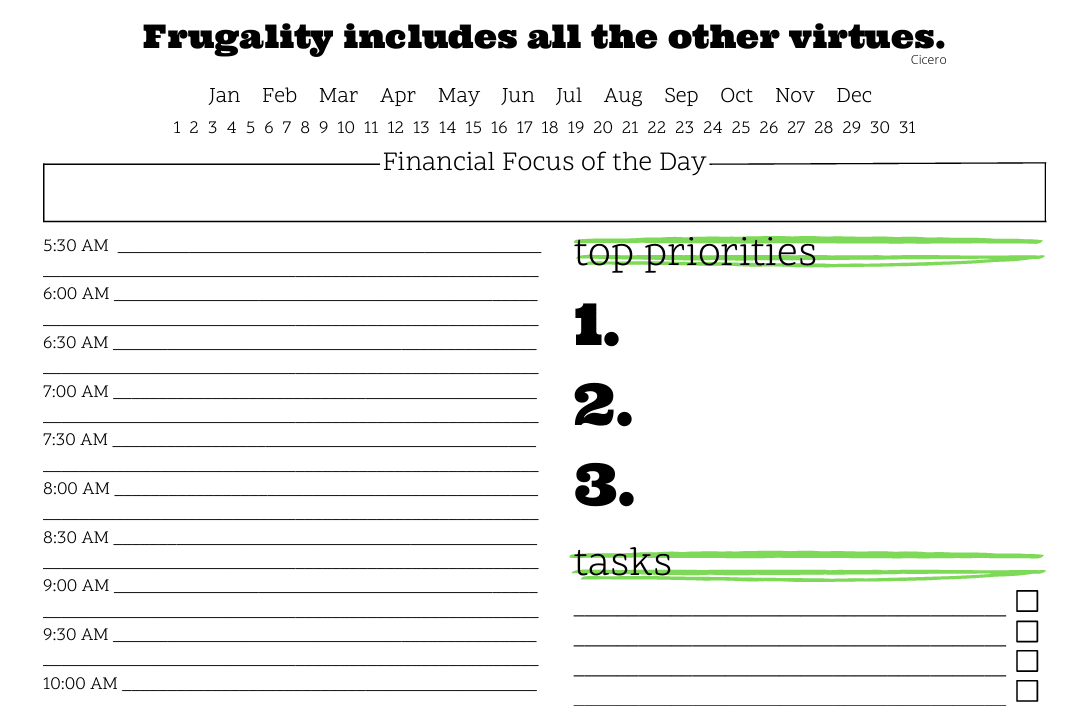
Subscribe to get a free daily budget planner printable to help get your money on track!
Make passive money the right way. No spam.
Editorial Disclaimer: The editorial content on this page is not provided by any of the companies mentioned. The opinions expressed here are the author's alone.
The content of this website is for informational purposes only and does not represent investment advice, or an offer or solicitation to buy or sell any security, investment, or product. Investors are encouraged to do their own due diligence, and, if necessary, consult professional advising before making any investment decisions. Investing involves a high degree of risk, and financial losses may occur including the potential loss of principal.
Source Citation References:
+ Inspo
